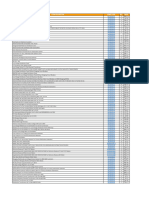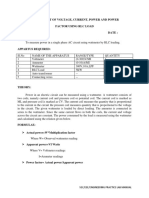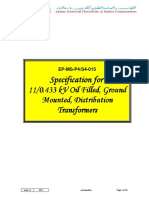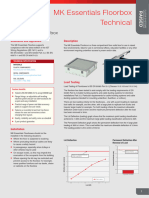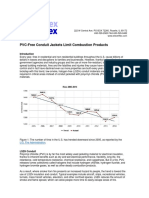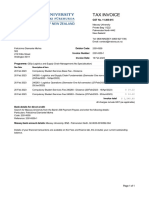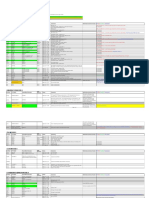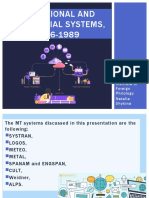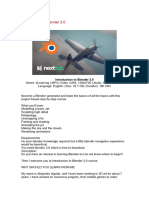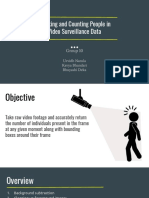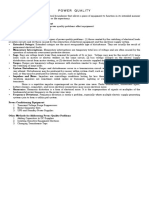0% found this document useful (0 votes)
86 views7 pagesML & AI-Introduction To Data-Science Tools
This document provides an introduction to common data science tools used for extracting knowledge from large volumes of structured and unstructured data. It discusses linear algorithms like linear and logistic regression, principal component analysis, and tree-based algorithms like decision trees, random forests and gradient boosting. It also mentions neural networks and their use in problems like image recognition.
Uploaded by
san_misusCopyright
© © All Rights Reserved
We take content rights seriously. If you suspect this is your content, claim it here.
Available Formats
Download as DOCX, PDF, TXT or read online on Scribd
0% found this document useful (0 votes)
86 views7 pagesML & AI-Introduction To Data-Science Tools
This document provides an introduction to common data science tools used for extracting knowledge from large volumes of structured and unstructured data. It discusses linear algorithms like linear and logistic regression, principal component analysis, and tree-based algorithms like decision trees, random forests and gradient boosting. It also mentions neural networks and their use in problems like image recognition.
Uploaded by
san_misusCopyright
© © All Rights Reserved
We take content rights seriously. If you suspect this is your content, claim it here.
Available Formats
Download as DOCX, PDF, TXT or read online on Scribd
/ 7



